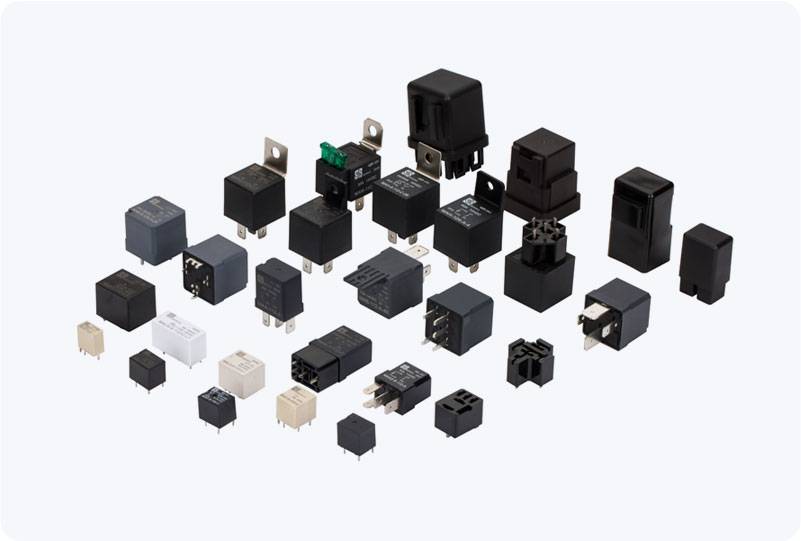Li-ion (Lithium-ion) batteries have revolutionized the way we power various devices, from smartphones and laptops to electric vehicles (EVs) and energy storage systems. These batteries are known for their high energy density, long cycle life, and relatively light weight. However, like all battery technologies, their performance and longevity heavily rely on proper management. This is where the Li-ion Battery Relay comes into play, serving as a vital component in ensuring the safety and efficiency of Li-ion battery systems. In this article, we will explore what a Li-ion battery relay is, its role, and its significance in modern battery-powered systems.

What is a Li-ion Battery Relay? A Li-ion Battery Relay is an electrically operated switch used in conjunction with lithium-ion battery systems to control the flow of current. It plays a key role in battery management systems (BMS), which monitor and regulate various parameters of the battery to ensure safe operation. The relay is designed to open and close circuits based on the electrical or environmental conditions of the battery, such as voltage, current, or temperature. This function helps manage the charge and discharge cycles of the battery and protects it from damage due to overcharging, deep discharge, or overheating.
Leave a Reply
You must be logged in to post a comment.